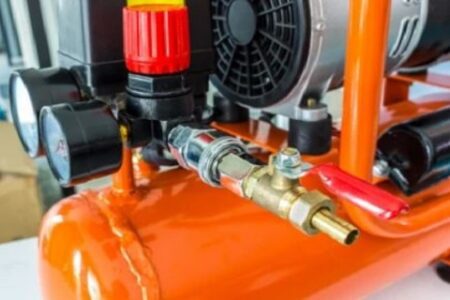Firstly, let's understand how a one-port pressure switch works. A typical pressure switch consists of a pressure sensor, a switch mechanism, and an adjustment mechanism. When the pressure in the system reaches a preset level, the pressure sensor sends a signal to the switch mechanism, which activates or deactivates a circuit (such as a motor or a pump) to maintain the pressure within the desired range. The adjustment mechanism allows operators to set the trigger point and hysteresis (the difference between the activation and deactivation pressures) of the switch according to the specific process requirements.

To adjust a one-port pressure switch, follow these steps:
Step 1: Identify the pressure range and hysteresis of the switch. This information should be specified in the user manual or by the manufacturer.
Step 2: Before adjusting, ensure that the system is depressurized and that the switch is not connected to any power source.
Step 3: Locate the adjustment mechanism. This can be a screw or a dial on the top or side of the switch.
Step 4: Use a pressure gauge to monitor the pressure in the system while adjusting the switch. Slowly turn the adjustment mechanism clockwise or counterclockwise until the desired trigger point and hysteresis are reached.
Step 5: Test the switch by gradually increasing and decreasing the pressure in the system. Ensure that the switch activates and deactivates at the correct pressure levels and that there is no fluctuation or delay in the switching action.
Apart from adjusting the switch, there are several maintenance practices that can prolong the life and enhance the performance of one-port pressure switches.
Regular calibration: One-port pressure switches should be calibrated periodically (at least once a year) to ensure accuracy and consistency. Calibrating devices can be purchased or rented from specialized shops or manufacturers.
Cleaning and inspection: The switch sensor and housing should be inspected and cleaned regularly to prevent debris or corrosion from affecting the sensing mechanism. Use a soft cloth or brush and a cleaning solution recommended by the manufacturer.
Replacement of worn parts: The switch mechanism and adjustment mechanism can wear out over time, leading to inconsistent switching or failure. Replace these parts as necessary, and ensure that the replacement parts are compatible with the switch model and specifications.
Conclusion:
One-port pressure switches are essential tools for monitoring and controlling pressure levels in industrial and manufacturing processes. Proper adjustment and maintenance can ensure reliable and accurate performance, reduce downtime and repair costs, and improve overall efficiency. Remember to follow the manufacturer's instructions and safety guidelines when adjusting or maintaining pressure switches. With the right care and attention, your one-port pressure switch can provide years of trouble-free service.